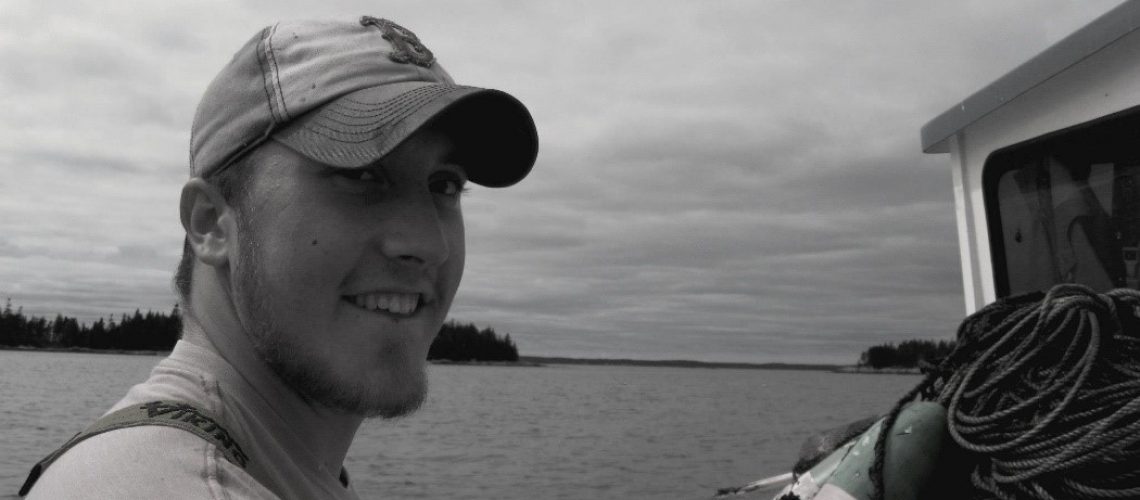Guest Post By Jasmine Bruno, 2019-2020 Sustainability Leadership Fellow and Ph.D. Student in the Department of Forest and Rangeland Ecology
The farms are shabby; the buildings are falling down, the fences are down, the weeds are everywhere. That is just purely because they haven’t taken care of the past, and the droughts hit them, and they didn’t have enough water. Something happened, and the economics weren’t there, and the first thing to go was pride. Once that goes, the whole farm starts deteriorating. (Weld County, Colorado Producer)
The independent farmer was once the face of American societal values and prosperity. Today, rural economies have a different image, one of rapid economic decline, opioid addiction, and land degradation. Above, a Weld County producer paints a familiar narrative of drought sparking a cascade of economic, ecological, and social loss. In a time of changing climate and increasing inequality, how can research support communities to exit spirals of economic, social, and environmental decline?
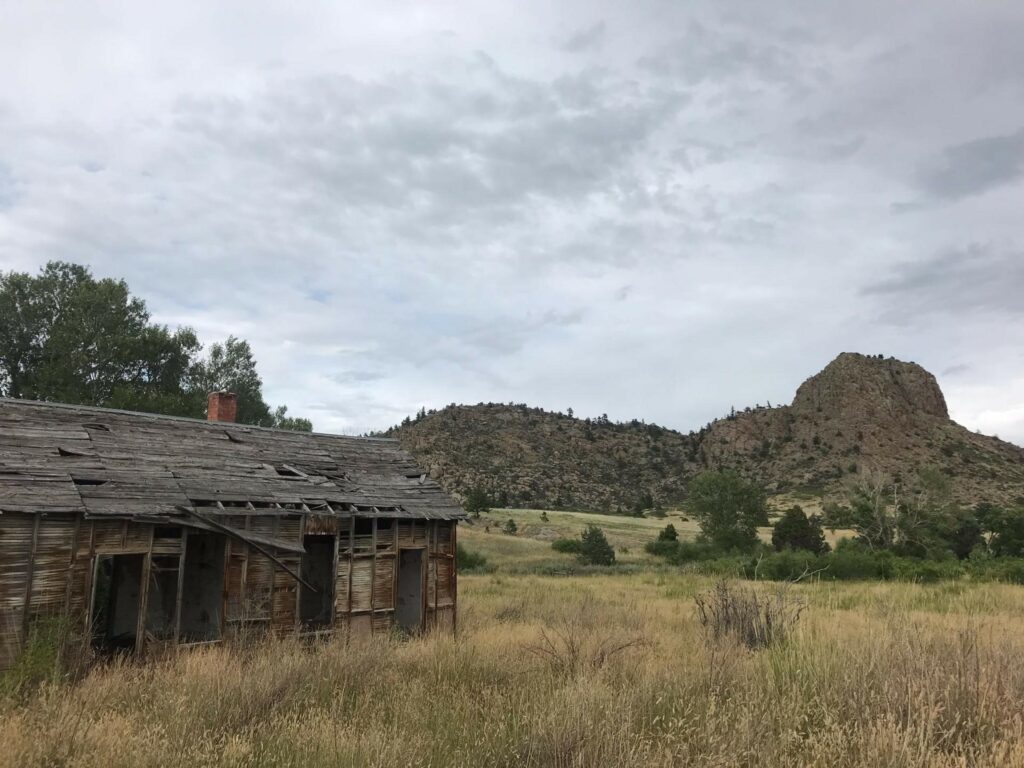
Why do rural spaces and places matter?
As a researcher working in rural communities, the first question I often get asked is, why do we need to support rural communities? The numbers on rural lands and people are compelling. Population data puts the significance in perspective. Globally, the rural population is close to 3.4 billion, with approximately 60 million rural Americans.1,2 In terms of land, there are 111.8 million square kilometers of rural area globally, with 8.5 million square kilometers in the United States.3
Additionally, vast tracts of land are engaged in agriculture, with 48.6 million square kilometers globally and approximately 4.1 million square kilometers in the United States alone.4 Per year, these American farms contribute $132.8 billion to the nation’s gross domestic product, approximately 2.6 million jobs, 97.7 million tonnes of cow milk, and 6.3 million tonnes of eggs. 4,5 Rural inhabitants comprise the communities that steward a significant percentage of earth’s land surface and grow our food.
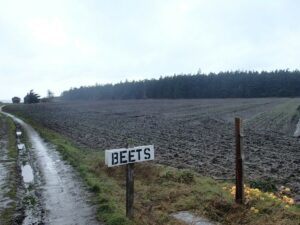
Rural places are home to 3.4 billion people around the globe. I grew up in a rural, American town with a deep sense of culture and community. Taking pride in one’s work is a value that permeates my home community and drives my commitment to my work in rural areas. My grandfather told stories of riding pine and fir logs destined for shipbuilding and papermaking down the rivers running from northern Maine to the coast. Three generations of my family have earned an identity and income in the commercial fishing industry. From the age of 12, I paid for my school clothes, recreational interests, transportation, and, ultimately, my college textbooks with money earned harvesting blueberries and hay. Today, logs no longer run down the Androscoggin River, and the majority of the blueberry harvest is mechanical. While my livelihood is no longer dependent on a rural economy, my family and 60 million other people in rural America continue to earn a living in small communities. From Colorado’s rangelands to the Ethiopian highlands, the narrative of my community echoes with common themes that impact our populations and pride globally.
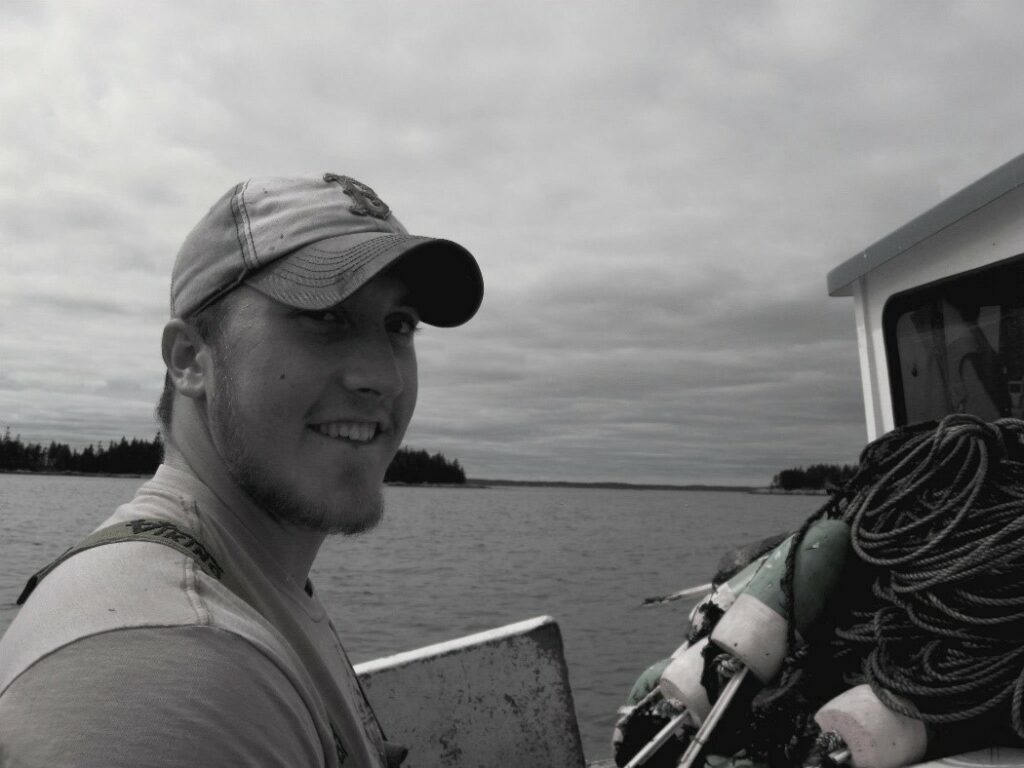
Small town America’s landscapes and communities are often marginalized. Based on seven metrics, United States communities were classified into five categories; prosperous, comfortable, mid-tier, at risk, or distressed. 6 During the past decade, a steady decline in resources and economic systems is slowly altering the face of rural America. Today, an increase of one million more rural Americans live in distressed zip codes, and 30% of rural zip codes dropped to a lower classification between the periods of 2007-2011 and 2012-2016. In respect to rural land-use change, my research in Northeastern Colorado found that medium/high-intensity development increased 17% from 2001-2006 in Larimer County, Colorado. In the subsequent years from 2006-2011, the rate of change increased, with a 34% increase in medium/high-intensity development. 7,8,9 The majority of this urbanization occurred on land previously used for cultivated crops or open space/low-intensity development. Over the last decade, natural and social systems in rural areas are on the decline.
Rural communities need to be supported; not saved
Support allows for pride, while rescue does not. A recent New York Times piece, The Hard Truths of Trying to ‘Save’ the Rural Economy, grapples with the dilemma of rural decline. 10 The authors paint a bleak picture of communities “left behind” and portray people living in rural communities as a burden that should weigh on the conscience of the American people. These communities do not need a savior. Instead, they require support to exit spirals of decline through the development of opportunity that meshes with the local culture and mores. The Land and Water Conservation Fund, a fund that uses earnings from offshore oil and gas leasing, serves as an example of support at the federal level. The fund has jointly upheld rural communities and conservation.11 To date, the fund has protected 7 million acres, attracted local businesses in Washington and Oregon, and supported the timber economy in New Hampshire. Closer to home and on a smaller scale, my rural community is responding to change with diversified livelihoods through cottage industry. Innovations include small-scale production of microbrews, organic culinary offerings, and balsam fir holiday decorations that are purchased and shipped nationwide. The small, home-based business has returned as a source of economic sustainability. Local residents are exploring ways to use natural resources and to share the culture of each unique community. From the development of boat tours for visiting tourists to the more eclectic blueberry and sardine museums, people are diversifying in ways that reduce dependence on a single resource. The next question, how can research support the future of rural spaces and communities?
The role of research
In my research, I work with ranchers and farmers in two rural communities in Northeastern Colorado. Both communities are undergoing linked land-use, livelihood, and identity transitions. For example, as drought reduces the productivity of grasslands, ranchers may lose their livelihood of livestock production and, subsequently, their sense of rural identity. My research considers the question of what drives change in these communities. Next, I capture the changes to the land over time (i.e., changes from grassland to shrubland or urban development), to producers’ livelihoods (i.e., operations needing off-ranch income), and ultimately, to the rancher’s identities (i.e., if I can’t afford to run cattle, I am no longer a rancher). Ultimately, my research will contribute to a dialogue on land-use policy and community-level conversations on adaptative strategies.
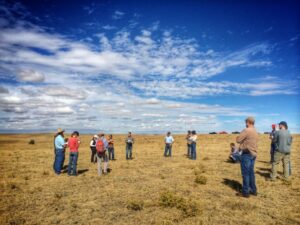
Researchers need to work with rural communities in a manner that respects the cultural relevance and meaning the space holds for the people who live there. Through collaboration, researchers can pose relevant questions and respect rural peoples as stakeholders, rather than individuals to be saved or pitied. Also, we need more research that studies the complexity of the interrelated social and environmental systems. Lastly, researchers need to stop placing rural communities “in-between” and “left behind” and acknowledge them as dynamic and central to the pressing challenges of our time.
Please contact me if you are interested in finding out more about my work on social and ecological change in rural agricultural and ranching communities globally. You can contact me at jebruno@colostate.edu or https://www.linkedin.com/in/jasmine-bruno/.
1United Nations (UN). (2018). Revision of world urbanization prospects. Retrieved from https://www.un.org/development/desa/en/news/population/2018-revision-of-world-urbanization-prospects.html
2U.S. Census Bureau (2017). One in five Americans live in rural areas. Retrieved from https://www.census.gov/library/stories/2017/08/rural-america.html
3Center for International Earth Science Information Network (CIESIN)/Columbia University.
(2013). Urban-rural population and land area estimates version 2. Palisades, NY: NASA Socioeconomic Data and Applications Center (SEDAC)
4Food and Agriculture Organization (FAO). (2019). FAOSTAT. Retrieved from http://www.fao.org/faostat/en/#data
5United States Department of Agricuture (USDA). (2019). Ag and Food Sectors and the Economy. Retrieved from https://www.ers.usda.gov/data-products/ag-and-food-statistics-charting-the-essentials/ag-and-food-sectors-and-the-economy/
6Economic Innovation Group. (2018). Distressed community index. Retrieved from https://eig.org/dci
7National Land Cover Database (NLCD). (2001). Retrieved from https://www.mrlc.gov/data
8National Land Cover Database (NLCD). (2006). Retrieved from https://www.mrlc.gov/data
9National Land Cover Database (NLCD). (2011). Retrieved from https://www.mrlc.gov/data
10Porter, E. (2018). The Hard Truths of Trying to ‘Save’ the Rural Economy. The New York Times. Retrieved from https://www.nytimes.com/interactive/2018/12/14/opinion/rural-america-trump-decline.html
11United States Department of Agriculture (USDA). (2014). Land conservation strengthens rural communities: examples of the Land and Water Conservation Fund at work. Retrieved from https://www.usda.gov/media/blog/2014/07/24/land-conservation-strengthens-rural-communities-examples-land-and-water
